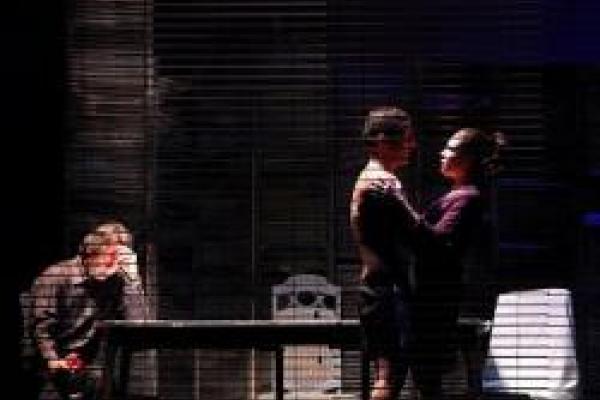
Please join us for this LASER talk featuring Professor Yael Prizant from the University of Notre Dame. In order for plays to have the international appeal that many playwrights desire, fluid and stageworthy translations of the pieces are essential. This talk will focus on the process of translating Cuban playwright Abel González Melo’s play Chamaco for production and publication in English. Key questions will include: Are Cuba’s circumstances translatable? How might international audiences best understand Cuban dramaturgy? What tools are necessary to best present work from one country in another?
